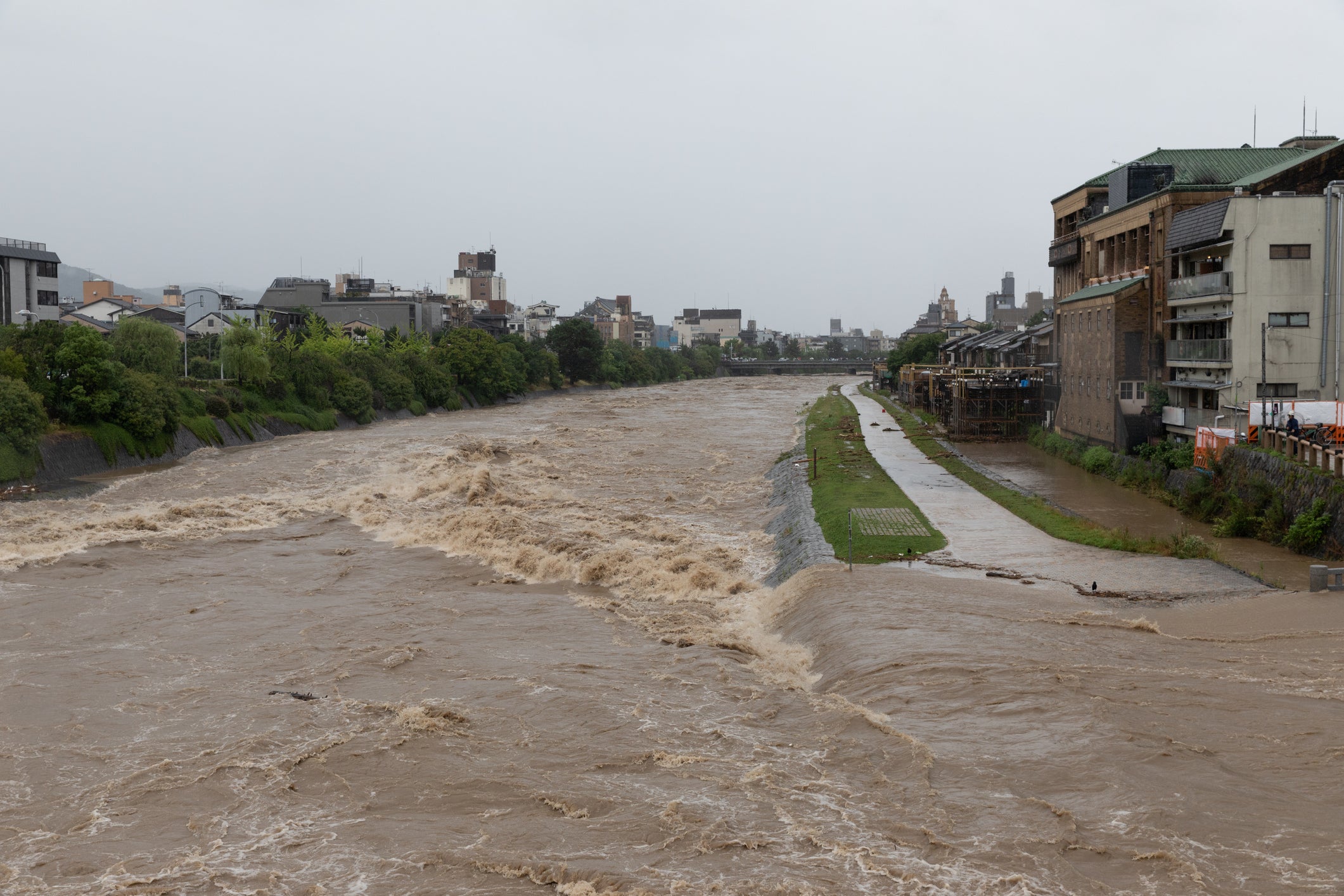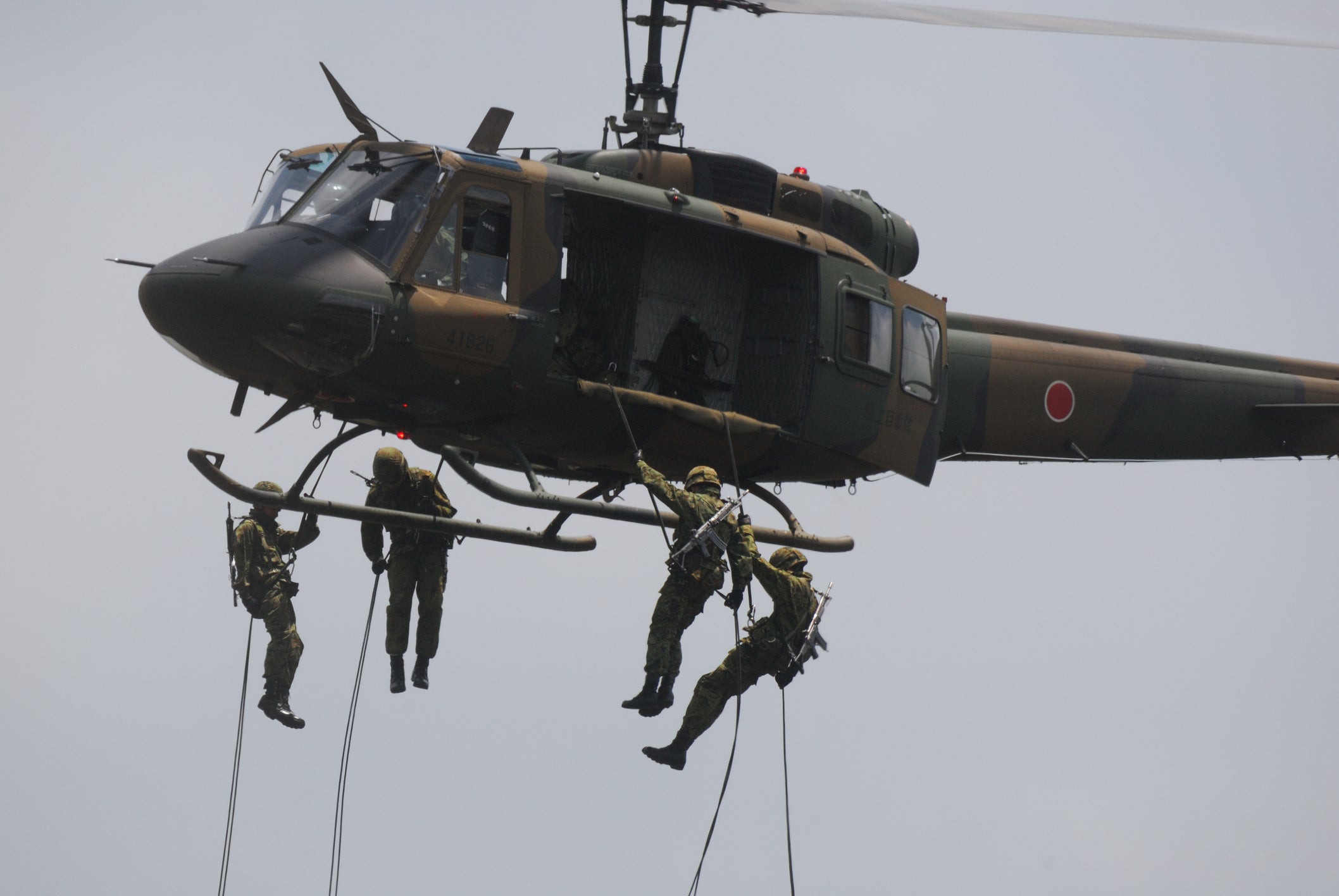Setting a budget for disaster prevention goods: Thinking from a cost-effectiveness perspective
table of contents
Introduction
1. Importance of cost effectiveness
2. Disaster prevention goods to choose
3. Budget setting and optimization
4.Continuous review and updates
5.Selection considering regional characteristics
summary
Introduction
Disasters are unpredictable events, and their impact can be devastating. It is important to prepare emergency supplies for such situations, but it is not wise to spend money without planning. In this article, we will explore in detail how to consider budgeting for disaster prevention goods from a "cost-effectiveness" perspective.
1. Importance of cost effectiveness
1-1 Maximization of limited resources
Budgets and resources are limited and cannot be used unlimitedly. Under these circumstances, in order to utilize resources effectively, it is necessary to determine which options are most effective. By choosing cost-effective options, you can make the most of your limited resources and get the best results.
1-2 Maximize profit
The concept of cost-effectiveness is also important from an investment perspective. We perform a cost-benefit analysis to determine how much return or profit you can get for your invested funds. Projects and actions with high cost-effectiveness can be a means of maximizing economic returns.
1-3 Comparison of options
When comparing different options, cost-effectiveness provides an objective perspective. For example, when purchasing a product, it is important to consider not only the cost, but also the benefits and value that the product provides. Choosing cost-effective options will help you choose the best option.
1-4 Dealing with uncertainty
Because future events cannot be predicted, it is important to consider uncertainty. A cost-benefit analysis can help you find the most effective options while minimizing risk. For example, cost-benefit analysis can determine which actions are most effective when investing in disaster preparedness.
1-5 Data-driven decision making
Cost-effectiveness evaluation is a tool that supports data-driven decision-making. You can compare options and make better choices based on objective data and numbers, without being influenced by subjective judgment or emotion.
2. Disaster prevention goods to choose
2-1 Food and water
Emergency food : Includes canned and vacuum-packed foods that can be stored for a long time in the event of a disaster, energy bars, etc. Consider nutritional balance and choose foods that provide enough calories.
Drinking water : Ensure safe water by providing bottled water or a water purifier. The amount of water required per person per day is approximately 2 liters.
Cooking equipment : Equipped with a compact gas stove, alcohol stove, and tableware set so that you can cook emergency food and prepare meals.
2-2 Lighting and communication means
LED lanterns and flashlights : Ensure bright illumination for long periods of use. We recommend a type that does not depend on a power source, such as a battery-powered or solar-rechargeable type.
Portable radio : Prepare a radio to receive disaster information and emergency broadcasts. A hand-crank type or solar rechargeable type that can secure power is convenient.
2-3 Warm/cold equipment
Thermal bags and thermal blankets : Items to keep you warm when evacuating to cold regions or engaging in outdoor activities. Choose something that is lightweight and has good heat retention.
Insulated bags : Provide insulated bags to help preserve food and medicine and prevent food from spoiling.
2-4 first aid kit
Medical supplies : Basic medical supplies such as adhesive plasters, bandages, work gloves, disinfectants, painkillers, and cold medicines.
Emergency contact list : Keep a list of important contacts (family, friends, medical providers, etc.).
2-5 Important documents and cash
Important documents : Store important documents in waterproof bags or files, such as identification cards, insurance cards, bank account information, real estate and insurance contracts, and family health information.
Cash : Have a small amount of cash on hand in case ATMs are unavailable or there is a power outage.
2-6 Clothing and bedding
Extra clothing : Prepare jackets, underwear, shoes, hats, etc. to protect against the cold and rain.
Sleeping bags and blankets : To ensure a comfortable night's sleep, prepare a lightweight and warm sleeping bag or blanket.
3. Budget setting and optimization
3-1 Setting a budget
Clarifying the purpose : First, clarify the purpose of disaster prevention goods. Consider how big of a disaster you want to prepare for and how long you want to respond. This will make it clear what items you need and how many.
Determine the budget : Determine the budget that can be used for disaster prevention goods. Use this budget to plan which items to purchase and in what quantities.
3-2 Setting priorities
Prioritize basic needs : Prioritize the purchase of life-sustaining items such as food, water, and first aid kits. Securing these items should be a top priority.
Selection of other necessary items : If the budget allows, we will also select heat/cold storage equipment, lighting, communication methods, etc. However, we will prioritize purchasing the highest priority items.
3-3 Purchase optimization
Consider bundles : Bundles may include multiple items that are offered together and can be more cost-effective than purchasing them individually. However, it's important to check that it doesn't contain items you don't need.
Ensure quality and durability : It may be tempting to go for a cheaper product, but don't compromise on quality or durability. By choosing products that can withstand long-term storage and use, you can reduce future costs.
Take advantage of discounts and sales : When purchasing disaster prevention goods, you may be able to purchase more items within your budget by taking advantage of sales and discount information.
3-4 Continuous review and update
Reevaluate your budget : Periodically reevaluate your budget and consider adding new items or updating existing items. Set an appropriate budget, taking into account disaster risks and changing family circumstances.
Item Inspection : Disaster prevention goods may be stored for a long period of time. Items are inspected regularly and items that have deteriorated or have expired are appropriately replaced.
3-5 Energy saving and recycling
Selecting energy-saving items : Choosing solar-rechargeable items and energy-saving LED lighting can increase energy efficiency over long periods of use.
Recycle and reuse : With the environment in mind, consider prioritizing recyclable and reusable items when choosing emergency supplies.
4.Continuous review and updates
4-1 Periodic inspection
Frequency setting : Set the inspection frequency for disaster prevention goods. Inspection is generally recommended at least once a year, but this can be adjusted to suit the local climate and item characteristics.
Check the condition of the item : Check the storage location and the condition of the item itself. Check for damage, deterioration, or expired items.
Check contents : Make sure you have the required quantities of first aid kits, medicines, and emergency food items. If there are any items missing, consider purchasing additional items.
4-2 Update and replacement
Replacement of items : Consumables such as emergency food and medicine, as well as items with expiration dates, should be replaced when the expiry date approaches. It is important to always have something fresh.
Responding to new risks : If the disaster risk in your area changes, the items and skills you need may change. We will review disaster prevention goods to prepare for new risks.
4-3 Responding to family and household changes
Changes in family size : If your family adds new members or shrinks, the items and quantities you need may change. Adjust disaster prevention goods according to changes in family structure.
Consider special needs : If you have family members with special needs, such as the elderly or the disabled, we will prepare items to accommodate their needs.
4-4 Access to the latest information
Check disaster information : Ensure that you have a way to access the latest disaster and evacuation information. Allows information to be collected through radio and smartphone apps.
Update your contacts : Update your list of contacts who can be reached in case of an emergency. Keep important contacts up to date, including those of family and friends.
4-5 Adjust to the actual situation
Review your evacuation plan : Because evacuation locations and evacuation routes may change, review your evacuation plan regularly and make sure everyone in your household understands it.
Special demand changes : Add items considering special needs depending on specific seasons or events (winter season, typhoon season, earthquake forecast, etc.).
5.Selection considering regional characteristics
5-1 Areas with high earthquake risk
In areas where earthquakes occur frequently, items that are prepared for earthquakes are important. By preparing earthquake-resistant furniture, shelves, tableware fixings, etc., you can ensure the safety of your home during an earthquake. Also, prepare a sturdy helmet and evacuation bag to protect your head and carry essential items in the event of an emergency evacuation.
5-2 Areas with high flood risk
In areas that are prone to flooding, it is necessary to take measures to protect yourself from flooding. You can minimize damage caused by water damage by equipping yourself with a tarpaulin, a floating ring, and a storage case for valuables that can be stored in a high place.
5-3 Areas with high risk of storm and flood damage
In areas prone to wind and flood damage (typhoons and tornadoes), it is important to have items to protect yourself from objects blown by the wind. Prepare a wind-resistant shelter tent and window guards to protect your windows.
5-4 Areas with high fire risk
In areas where wildfires and building fires are common, it is important to have items designed for evacuation and extinguishing fires. Prepare evacuation masks, gloves, a fire extinguisher, etc., and take all possible precautions in case of a fire.
5-5 Cold region
In cold regions, you need items to protect you from the low temperatures. By preparing warm clothing, blankets, and insulating food, you can prevent health damage caused by the cold.
5-6 Tropical region
In tropical regions, measures against high temperatures and humidity are important. Having a tarp or hat to protect you from the sun and proper cooling equipment can help prevent heatstroke and food spoilage.
5-7 Confirm local evacuation shelters and relief systems
It is also important to check local evacuation shelters and relief systems and prepare evacuation luggage and communication methods accordingly. Check local disaster preparedness plans and information and take appropriate action as needed.
summary
Budgeting for disaster prevention goods should be carefully considered from a cost-effectiveness perspective. In order to avoid wasteful spending and make the most of your limited budget, it is important to select the items you need and focus on quality and durability. Achieve a safe and secure life through continuous reviews and updates.







